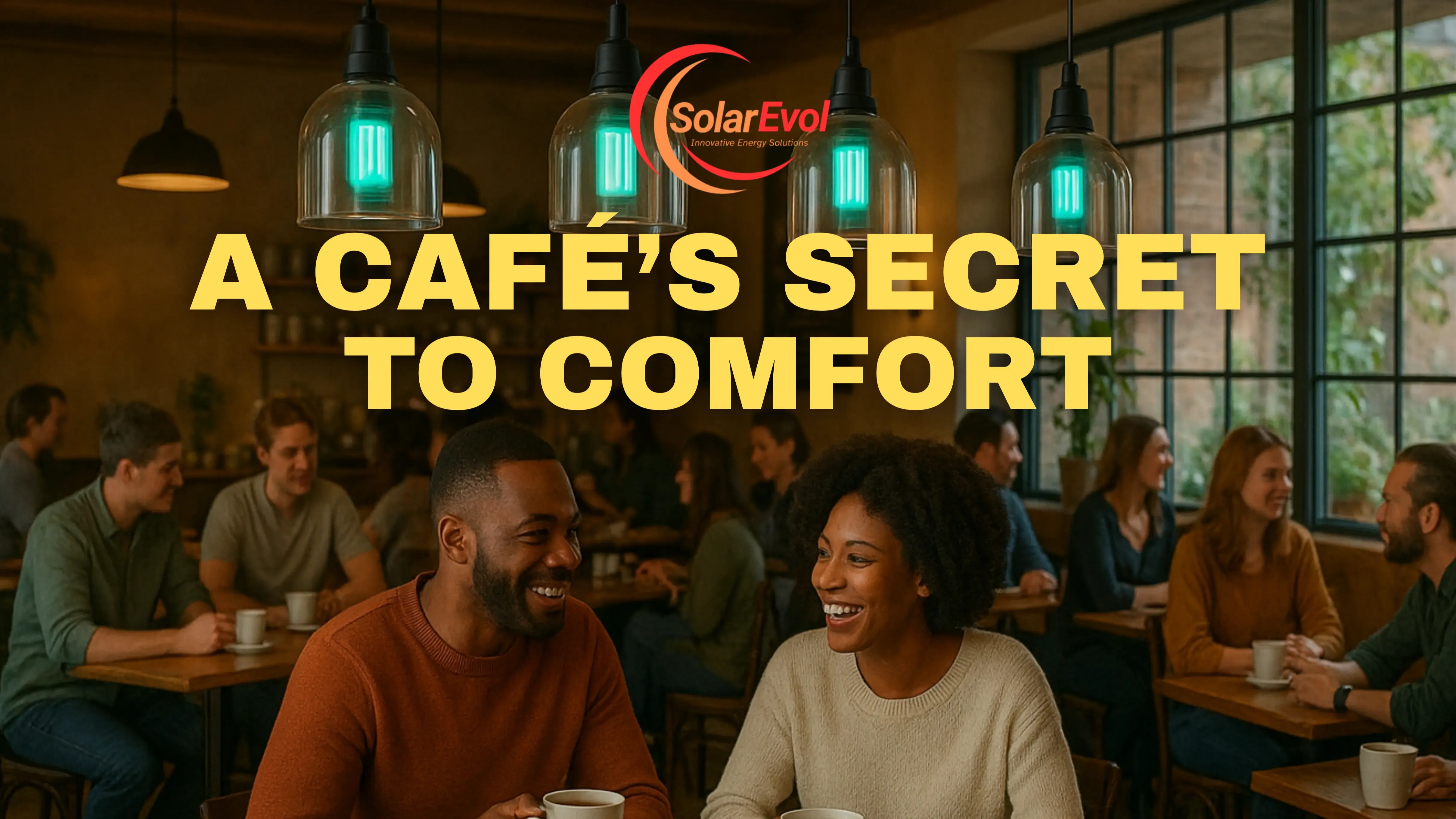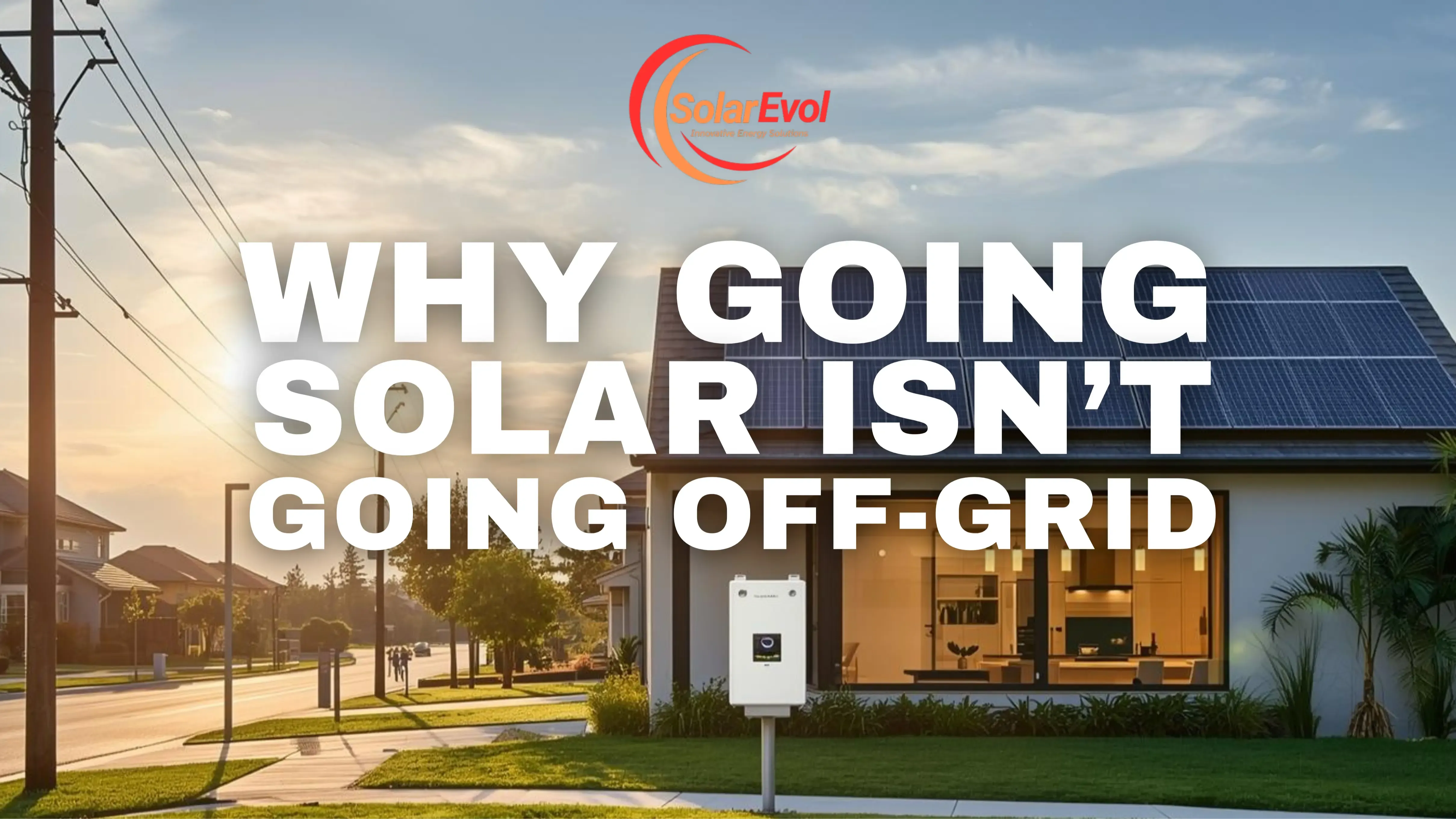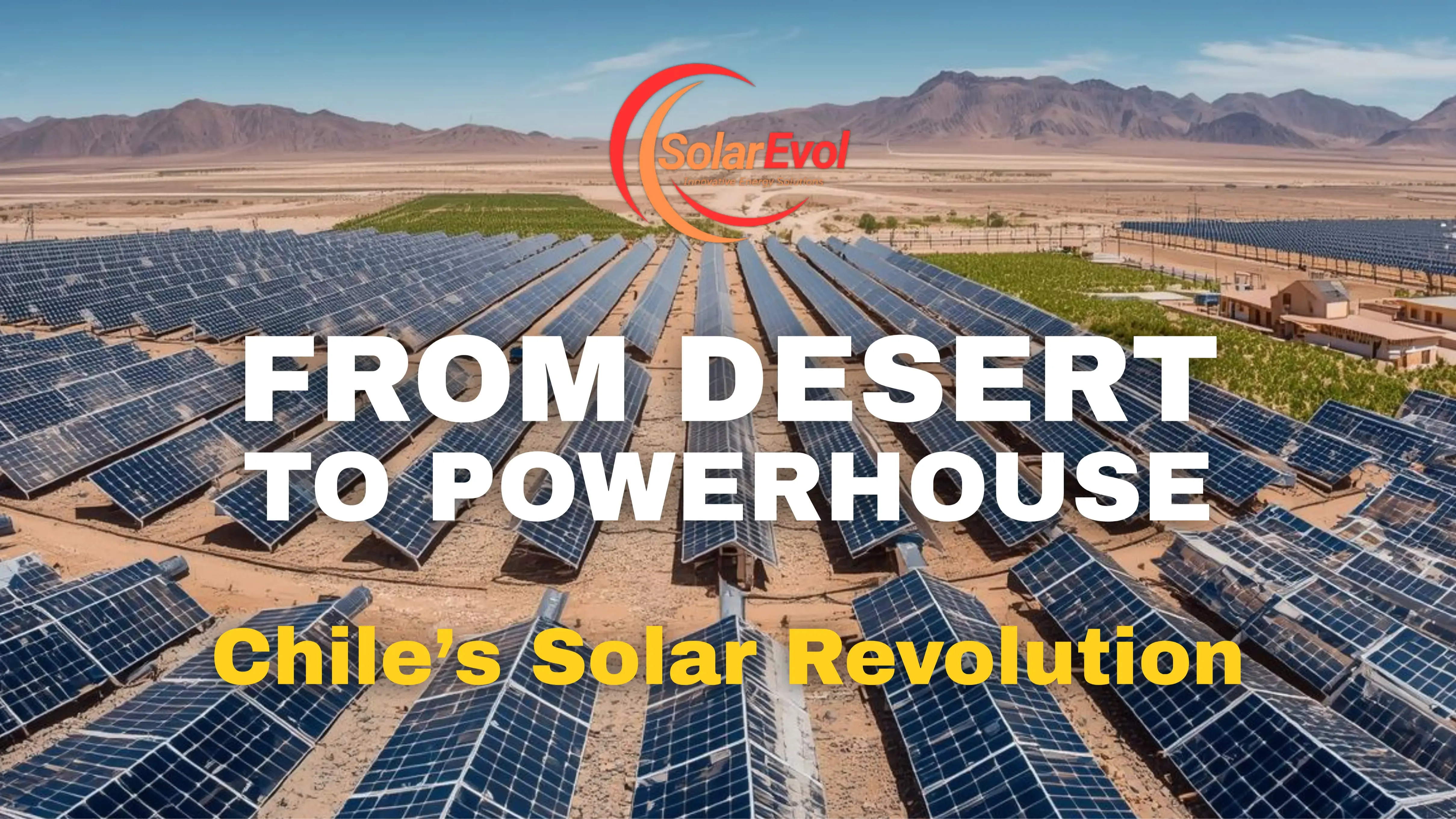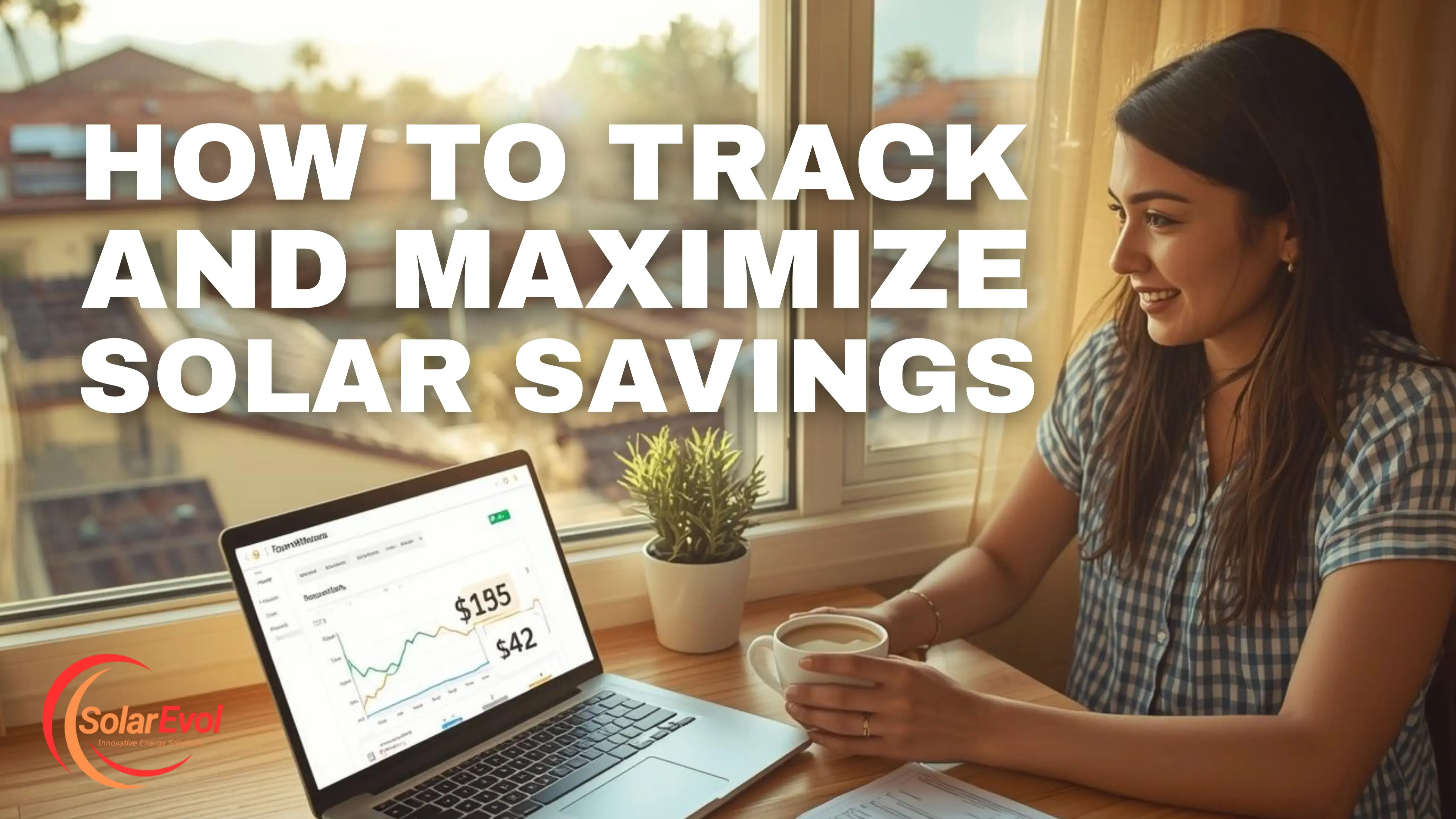
Hybrid vs. Grid-Tied vs. Off-Grid—Which One’s Right for You?
Jun 20, 2025Friday, June 20, 2025
“I want solar… but which kind?”
That’s the first real question we hear from homeowners, property managers, and off-grid dreamers every day.
It’s easy to assume solar is one-size-fits-all — panels go on the roof, you get free electricity, right? Not quite.
There are three primary types of solar energy systems, and the one you choose will shape everything:
• How much energy independence you have
• What happens when the grid goes down
• Your upfront cost and long-term ROI
• Whether batteries are involved (and whether they should be)
At Solar Evol, we’ve installed and supported all three system types across urban rooftops, remote cabins, multifamily properties, and everything in between. This guide breaks it all down — simply, honestly, and with the kind of insider knowledge that avoids expensive surprises later.
☀️ The Big Three: What They Are (and Aren’t)
Let’s start with the basic definitions, then dig into what really matters.
🔌 1. Grid-Tied (aka Grid-Connected)
The most common setup for homes and businesses in developed areas.
How it works:
Your solar panels produce electricity during the day. You use what you can, and export the rest to the grid. At night or on cloudy days, you pull power from the grid. No batteries required.
Pros:
✅ Least expensive
✅ Simple to install and maintain
✅ Eligible for net metering in many states
✅ Great ROI if your utility offers full credit for exports
Cons:
⚠️ No backup power — if the grid goes down, so does your solar
⚠️ Savings depend on your utility’s rate structure
⚠️ Zero energy independence
Best for:
Urban and suburban homes with stable grids, strong net metering, and no backup power needs
⚡ 2. Hybrid (Grid + Battery)
The flexible middle ground — connects to the grid and includes battery storage.
How it works:
Solar powers your home and charges your battery during the day. At night, or during outages, your battery kicks in. You’re still connected to the grid, but you don’t rely on it as much.
Pros:
✅ Backup power during outages
✅ Avoids expensive evening peak rates (if you’re on TOU billing)
✅ Can “self-consume” more of your solar, reducing exports
✅ Eligible for solar + storage incentives in many areas
Cons:
⚠️ Higher upfront cost (due to battery and hybrid inverter)
⚠️ Battery lifespan = ~10–15 years, replacement eventually needed
⚠️ Slightly more complex system design and permitting
Best for:
Homeowners who want resilience + savings, live in outage-prone areas, or face high peak electric rates
🏕️ 3. Off-Grid (Totally Self-Powered)
Fully disconnected from the grid. You’re on your own — and that’s the point.
How it works:
Your solar panels charge a battery bank (usually large), which powers your home 24/7. Often paired with a backup generator just in case.
Pros:
✅ Total energy independence
✅ No utility bills
✅ Works anywhere — cabins, tiny homes, remote land, mission-critical sites
Cons:
⚠️ Expensive and complex to size properly
⚠️ Must be carefully designed for your exact usage and weather conditions
⚠️ Mistakes = running out of power
⚠️ Needs maintenance + monitoring year-round
Best for:
Remote properties, resilience-focused projects, or people who want to completely break up with the grid
🧠 Insider Knowledge: What Most People Overlook
- Grid-Tied Is Cheap… Until the Grid Fails
Many folks are surprised to learn: grid-tied systems don’t work during blackouts. Even on a sunny day. That’s a safety feature (to protect line workers), but it’s a real tradeoff.
🔌 Pro Tip: If you want any level of backup, consider hybrid. Even a small battery can keep your fridge, Wi-Fi, and lights running for hours — sometimes days.
- Batteries Don’t Just Store Power — They Shape Your Savings
In TOU (Time of Use) markets like California, New York, and Arizona, energy can cost 3–4x more during peak hours. A smart battery system can store cheap midday solar and discharge during peak pricing, cutting your bill dramatically — even if the grid stays up.
⚡ Solar Evol Tip: Ask your installer to run a TOU optimization scenario. It’s often the key to real ROI on batteries.
- Off-Grid Requires Design Discipline
Going off-grid is empowering, but there’s no room for guesswork. You’ll need to:
- Size your system based on winter sun hours, not summer
- Choose load-efficient appliances (especially for heating/cooling)
- Monitor your usage daily — or automate the system to manage itself
🧭 Pro Tip: Oversize your battery bank for worst-case weather. Undersizing is the #1 reason off-grid systems fail.
✅ Quick Comparison Chart
|
Feature |
Grid-Tied |
Hybrid |
Off-Grid |
|
Utility Connected |
✅ |
✅ |
❌ |
|
Backup During Outage |
❌ |
✅ |
✅ |
|
Best ROI |
✅ |
⚠️ Depends |
❌ (but improving) |
|
Energy Independence |
❌ |
Partial |
✅ |
|
Works in Remote Locations |
❌ |
❌ |
✅ |
|
Requires Batteries |
❌ |
✅ |
✅ |
|
Eligible for Incentives |
✅ |
✅ |
Sometimes |
🔍 So, Which One’s Right for You?
Here’s how to think about it:
- Want the best ROI with lowest upfront cost? → Grid-Tied
- Want backup power + long-term flexibility? → Hybrid
- Want to cut ties completely? → Off-Grid
Still not sure? Here’s what we recommend:
- Define your priorities. Is it cost savings? Resilience? Sustainability?
- Check your local utility rules. Net metering, TOU, interconnection policies — they matter.
- Get a usage + solar sizing assessment. (We offer these, by the way.)
- Run the scenarios. One setup might feel right until you see the numbers.
Choosing between grid-tied, hybrid, and off-grid isn’t about the tech — it’s about how you want to live, what risks you want to mitigate, and where you’ll get the best long-term return.
Stay connected with news and updates!
Join our mailing list to receive the latest news and updates from our team.
Don't worry, your information will not be shared.
We hate SPAM. We will never sell your information, for any reason.












